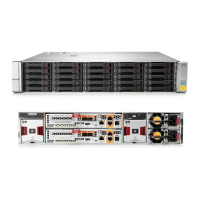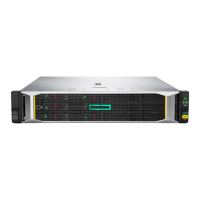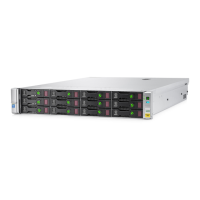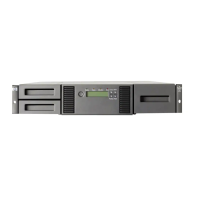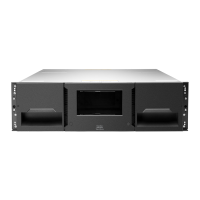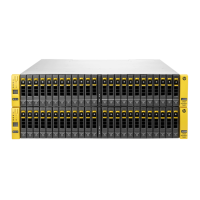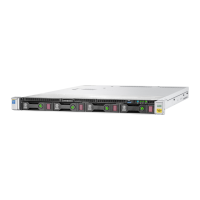Best Practices
If MPIO is not required, then do not install the DSM for MPIO or do not enable the Microsoft MPIO
service.
If currently using the DSM for MPIO, then upgrade to the latest version.
Recommended uses for DSM for MPIO:
• For maximum possible performance for specified configurations.
• With Multi-Site SAN storage clusters, the DSM for MPIO with site preference is recommended,
particularly if the inter-site link is significantly slower than local access. This configuration will
ensure that reads are performed with a local replica when one is available. This is particularly
useful for Microsoft clusters where a Microsoft cluster node is on each side of the inter-site
link.
Configurations where the DSM for MPIO is not recommended:
• For any volumes that are accessed by ESX and Windows initiators (as might be done for
VMware Consolidated backup) do not use the DSM for MPIO.
• Configurations requiring connections through storage routers.
• Large Hyper-V clusters (either large storage cluster or many server NICs).
• Large storage clusters with simultaneous access to many volumes using the DSM for MPIO
may encounter the Microsoft limit of 255 iSCSI sessions. In this case, use Microsoft MPIO,
which uses fewer sessions. To determine whether the Microsoft MPIO iSCSI session limit might
apply, multiply the expected number of volumes by the number of storage systems plus the
number of server NICs.
NOTE: If the storage configuration is not recommended for DSM for MPIO, then uninstall the
DSM for MPIO during the upgrade to V9.x and use the Microsoft DSM.
Installing the DSM for MPIO
Supported versions of Microsoft Windows Server
The DSM for MPIO supports the following versions of Microsoft Windows Server.
• Windows Server 2003, Windows Server 2003 with Service Pack 1
• Windows Server 2003 SP1
• Windows Server 2008, Windows Server 2008 with Service Pack 1, Windows Server 2008
with Service Pack 2
• Windows Server 2008 Server Core
• Windows Server 2008 R2
• Windows Server 2008 R2 Server Core
• Windows Server 2012 Datacenter
NOTE: To help avoid issues with active/passive MPIO configurations (both the DSM for MPIO
and Microsoft DSM) and disk timeout errors when the iSCSI initiator detect a failure and reconnects,
you may want to change the EnableNOPOut registry setting to 1 as described in the Microsoft
iSCSI Initiator Driver Timers section of the Microsoft iSCSI Software Initiator Version 2.X Users
Guide.
4 Using MPIO

